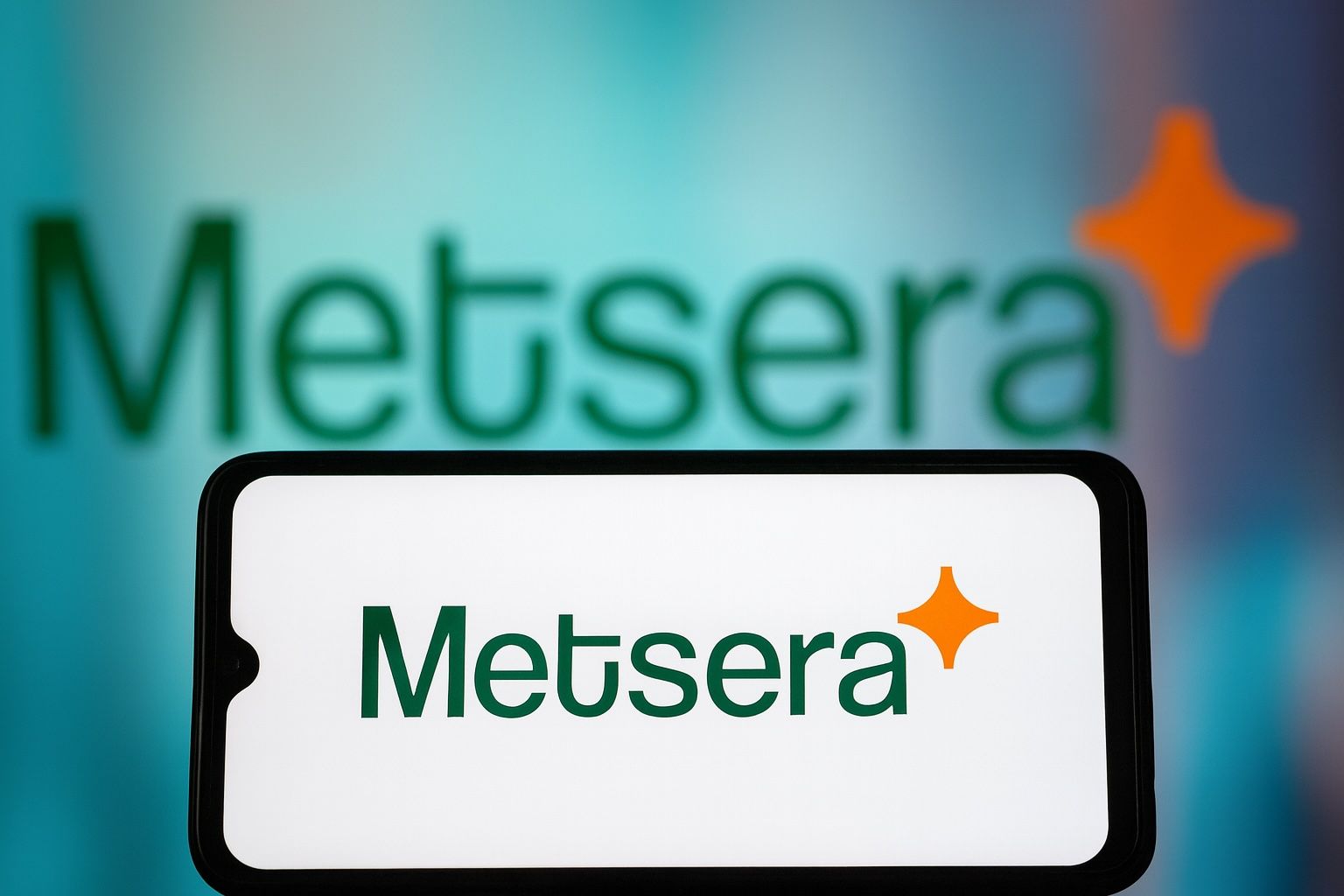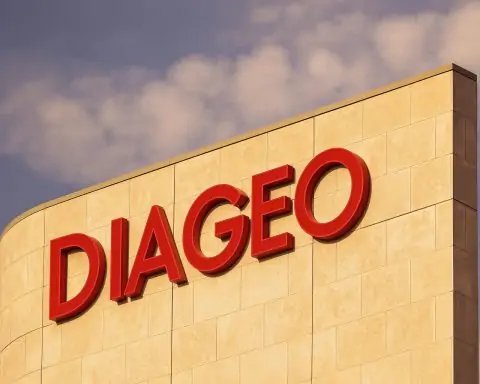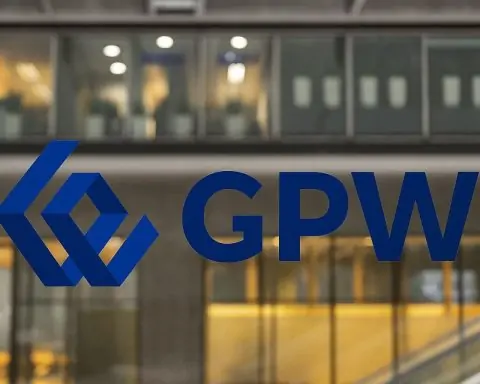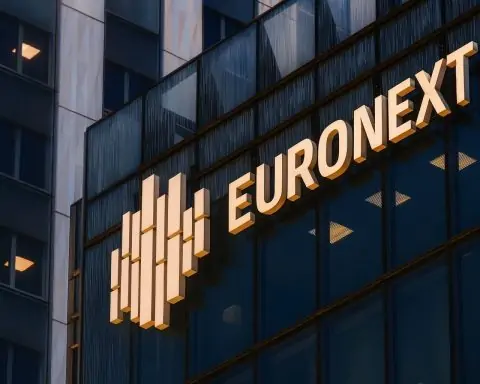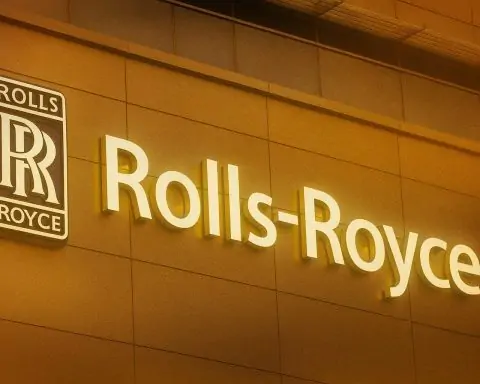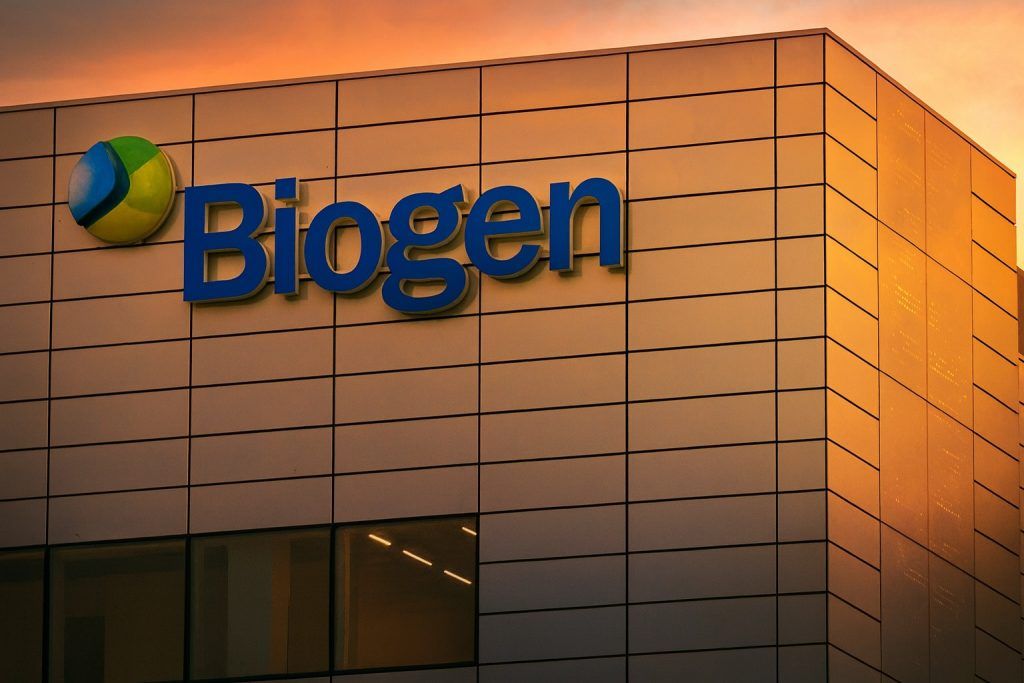- Novo’s Bold Bid: On Oct. 30, 2025, Novo Nordisk launched a hostile bid for Metsera, Inc., offering up to $9 billion (about $77.75 per share, including milestones) to acquire the biotech developing obesity drugs [1]. This topples Pfizer’s earlier $7.3B deal announced in late September (about $70 per share) [2].
- Shares Soar: Metsera’s stock (NASDAQ:MTSR) jumped roughly 19% in premarket trading on Oct. 30, reflecting the Novo proposal [3]. The price hovered around $52 at the Oct. 29 close [4] – nearly double its $26.50 level at the start of 2025 [5].
- Pipeline Strength: Investors point to Metsera’s strong obesity drug pipeline. Recent Phase 2b data for its GLP-1 candidate MET-097i showed up to 14% weight loss with excellent tolerability [6]. Professor John Buse (UNC) called the results “remarkable” and noted MET-097i’s potential to meet high efficacy and tolerability goals [7].
- Analyst Targets: Wall Street’s consensus on Metsera is cautiously optimistic. Analysts rate the stock a moderate “Hold” on average, with a 12-month price target around $55–58 [8] [9]. Leerink analyst David Risinger projects over $5 billion in peak sales from Metsera’s pipeline [10], underscoring the large obesity market.
- Corporate Finance: Metsera is pre-revenue and investing heavily in R&D. It had about $530–588 million in cash (2025) and quarterly losses in the high tens of millions. [11] [12]. No revenue yet, but strong balance-sheet liquidity and a debt-free capital structure have been noted [13].
- Legal and Sentiment: A law firm announced an investigation into whether the original Pfizer deal was fair to shareholders [14]. Market sentiment has turned mixed: some see the bidding war as validation of Metsera’s value, while others note Pfizer’s warning that Novo’s bid is “reckless” and might flout antitrust rules [15].
Bidding War Sends Metsera Shares Higher
Metsera’s share price has been on a roller-coaster amid takeover speculation. In late September, Pfizer agreed to buy Metsera for $47.50 per share in cash (about $4.9B) plus up to $22.50 in contingent payments [16]. Pfizer CEO Albert Bourla said this deal “propels Pfizer into this key therapeutic area” of obesity treatment [17]. Metsera CEO Whit Bernard called the deal “an excellent outcome for our shareholders” and praised the chance to “realize the promise of improved human health at scale” under Pfizer’s wing [18].
On Oct. 30, Novo Nordisk dramatically entered the fray with an unsolicited offer valuing Metsera at up to $9 billion. Novo’s proposal is $56.50 per share cash at signing plus up to $21.25 in contingent value rights [19]. The Metsera board declared Novo’s bid a “Superior Company Proposal”, triggering a four-day window for Pfizer to respond [20]. Pfizer immediately denounced the move: a Pfizer press release called Novo’s bid “reckless” and warned it could “suppress competition” in obesity drugs [21].
This strategic clash is playing out against a backdrop of intense competition in obesity treatments. The global weight-loss drug market is projected to reach roughly $150 billion by the early 2030s [22]. Novo and Eli Lilly dominate with GLP-1 drugs, and smaller players like Metsera are seen as high-stakes targets to expand offerings. Industry analysts note that Pfizer’s interest (and now Novo’s bid) underscores the value of Metsera’s next-generation therapies [23] [24].
Recent Stock Performance
Metsera stock has risen sharply in 2025. It started the year near $26.50 and nearly doubled into the low-$50s by late October [25]. After the initial Pfizer deal announcement, shares spiked about 60% in one day. By Oct. 29, MTSR closed around $52.21 [26]. On the morning of Oct. 30, following Novo’s bid leak, premarket quotes showed roughly $61.35, about a 17.5% jump above the prior close [27]. (Trading ranges can be volatile: the stock’s 52-week range was $12.30–$54.47 [28].)
In the short term, stock watchers expect high volatility. The bidding war means any day could bring dramatic swings. According to an automated analysis, a “sell” signal was recently flagged, but long-term indicators still suggest an uptrend [29]. On Oct. 29, for example, the volume ticked higher while price dipped slightly, prompting some caution [30]. Overall, Metsera’s liquidity and relatively low price give it controlled intraday swings (about 0.8–1.2% typical range) [31], but any news could move it much more.
Corporate Developments and Pipeline
Metsera is a clinical-stage biotech with no approved drugs yet. Its lead assets are next-generation obesity therapies: MET-097i (a long-acting GLP-1 injectable) and MET-233i (an ultra-long-acting amylin analog). Both are meant for once-monthly dosing, potentially offering convenience over weekly drugs like Wegovy. In late September, Metsera announced very strong Phase 2b results for MET-097i. Patients in the trial lost up to 14.1% of body weight (placebo-adjusted) at 28 weeks [32], and side effects were minimal with a slow titration scheme. Metsera quoted Professor John Buse (UNC) calling these findings “remarkable” and noting the trial confirmed MET-097i’s ability to match GLP-1 efficacy at lower doses [33].
Metsera’s earlier Phase 1 trial of MET-233i (amylin analog) also showed promise: participants lost 8.4% of weight over 36 days [34], and the drug has a half-life of ~19 days (vs. 5–7 days for competitors). Evercore’s Umer Raffat commented that the 19-day half-life supports once-monthly dosing advantages over weekly treatments [35]. In fact, Pfizer’s press release highlighted Metsera’s pipeline as having “differentiated clinical-stage incretin and amylin programs” with potential “best-in-class efficacy and safety” [36].
Financially, Metsera remains in R&D mode. It ended Q1 2025 with about $588 million cash and a loss of $76.6 million (largely R&D) [37]. Q2 2025 saw R&D spending of $60.5M and a net loss of $68.7M [38]. These burn rates, funded by a January IPO and follow-on financing, give the company a runway into 2027. Analysts view its balance sheet as strong (no debt, current ratio ~5.3) [39]. Management has guided that multiple trial readouts are due by year-end (e.g. MET-233i 12-week data, oral formulations), which means more potential catalysts ahead.
Analysts’ Views and Outlook
Financial analysts see both upside and risk. On the plus side, Metsera’s obesity focus is “strategic,” and insurers anticipate its drugs will be high-revenue if approved. Leerink’s David Risinger, for instance, forecasts peak sales above $5 billion for the pipeline [40]. Stockanalysis.com reports a consensus “Strong Buy” rating based on seven analysts, with an average 12-month target of $58.00 [41]. MarketBeat notes that before the Novo bid, four analysts rated it a Buy and three a Hold, with a consensus target near $55.75 [42]. These imply upside of 10–20% from current levels (absent a takeover).
However, analysts also warn of uncertainties. They have downgraded Metsera recently: Wells Fargo cut it from “overweight” to “equal-weight” with a $54 target, and Leerink trimmed its target from $77 to $57 [43]. Weiss Ratings even slapped a “Sell (D)” grade on the stock [44]. The caution reflects questions about whether Novo’s structured offer can pass antitrust, and whether Metsera can realize its ambitious milestones.
Overall, the short-term outlook is dominated by the M&A drama. If Pfizer and Novo race to sweeten bids, Metsera’s price could quickly jump toward the high-$70s. If one deal falls apart, the other bid could lapse (Pfizer claimed Novo’s bid is “illusory” [45]). Over the medium term, if Metsera remains independent, its share price will hinge on trial success and eventual FDA approvals (with peak-stock valuations tied to lofty obesity-market forecasts). Analysts remind investors that biotech valuations can change swiftly with trial news: a positive Phase 3 readout could send MTSR much higher, while setbacks could erase gains.
Investor Sentiment and Next Steps
Investor reaction has been intense. Trading volume spiked around the bidding news, and social chatter noted the “buyout premium” implied by the bids. Some hedge funds reportedly took short-term positions to play the merger arbitrage. Meanwhile, a high-profile shareholder advisory firm and even a Louisiana law firm (Kahn Swick & Foti) have questioned whether the Pfizer deal price was adequate for Metsera’s long-term value [46]. That points to potential legal or governance scrutiny over the sale process.
At press time, Metsera’s board has four business days to allow Pfizer to propose matching terms. Pfizer has indicated it will legally defend its contract rights [47]. Until a deal closes, Metsera remains its own entity and stock remains tradable. Given the competitive obesity market (currently dominated by GLP-1 drugs) [48] [49], both bidders are motivated. In the near term, traders will watch for any revised bids or legal developments. In the longer term, analysts will focus on how Metsera’s lead candidates compare with rivals (e.g. Lilly’s tirzepatide) in Phase 3 trials, and on pipeline breadth – including oral formulations that could expand use.
Sources: Metsera investor releases, Pfizer press statements, and Reuters reports [50] [51] [52] [53]; financial news sites (ts2.tech, MarketBeat, StockAnalysis.com) [54] [55] [56]; expert commentary from analysts (Evercore, Leerink) and medical specialists [57] [58] [59].
References
1. www.prnewswire.com, 2. www.sec.gov, 3. www.gurufocus.com, 4. www.reuters.com, 5. www.reuters.com, 6. www.globenewswire.com, 7. www.globenewswire.com, 8. stockanalysis.com, 9. www.marketbeat.com, 10. www.reuters.com, 11. www.stocktitan.net, 12. www.stocktitan.net, 13. www.gurufocus.com, 14. stockanalysis.com, 15. markets.ft.com, 16. www.sec.gov, 17. www.sec.gov, 18. www.sec.gov, 19. www.prnewswire.com, 20. www.prnewswire.com, 21. markets.ft.com, 22. ts2.tech, 23. ts2.tech, 24. ts2.tech, 25. www.reuters.com, 26. www.reuters.com, 27. stockanalysis.com, 28. stockanalysis.com, 29. stockinvest.us, 30. stockinvest.us, 31. stockinvest.us, 32. www.globenewswire.com, 33. www.globenewswire.com, 34. www.reuters.com, 35. www.reuters.com, 36. www.sec.gov, 37. www.stocktitan.net, 38. www.stocktitan.net, 39. www.gurufocus.com, 40. www.reuters.com, 41. stockanalysis.com, 42. www.marketbeat.com, 43. www.marketbeat.com, 44. www.marketbeat.com, 45. markets.ft.com, 46. stockanalysis.com, 47. markets.ft.com, 48. www.reuters.com, 49. ts2.tech, 50. www.sec.gov, 51. www.prnewswire.com, 52. markets.ft.com, 53. www.reuters.com, 54. ts2.tech, 55. www.marketbeat.com, 56. stockanalysis.com, 57. www.globenewswire.com, 58. www.reuters.com, 59. www.reuters.com
